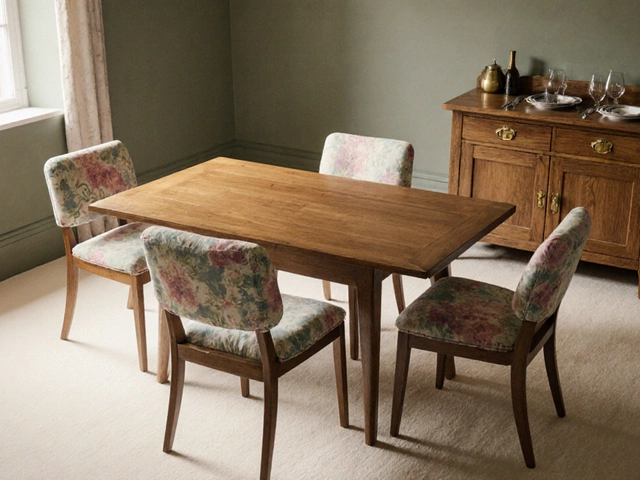Sofa Cushions: Choose, Clean, and Refresh
When you sit down on a sofa, the cushion is the first thing you notice. A good cushion feels soft but supportive, while a bad one can make even the nicest couch feel cheap. In this guide we’ll show you how to pick the right cushions, keep them clean, and give them a DIY boost when they start to sag.
How to Choose the Right Sofa Cushions
First, think about the material. Foam is the most common filler, but not all foam is created equal. High‑density foam (around 30‑35 kg/m³) holds its shape longer, while low‑density foam feels softer at first but flattens quickly. If you love sinking in, go for a softer layer on top of a firmer base. If you need firm support for a family room that sees a lot of activity, a firmer core works better.
Next, check the cover. Removable covers are a lifesaver because you can wash them. If the cover is fixed, you’ll need a spot‑cleaning routine. Look for fabrics that breathe, like cotton or linen, especially in warm climates. For homes with pets or kids, a performance fabric that resists stains can save you headaches later.
Cleaning and Maintaining Sofa Cushions
Spills happen. The quickest way to act is to blot, not rub, with a clean towel. For fabric cushions, a mild dish soap mixed with water works well. Dip a soft cloth, wring out excess liquid, and dab the stain. Rinse with a cloth dampened with plain water, then let it air dry.
If your cushions have non‑removable covers, a handheld steam cleaner can lift dirt without soaking the foam. Always test a hidden spot first to avoid colour bleed. For leather‑look cushions, a leather cleaner followed by a conditioner keeps the surface supple.
Regularly rotate the cushions left to right and front to back. This spreads wear evenly and prevents one side from getting permanently sun‑bleached or flattened.
DIY: Refreshing Sofa Cushions with New Foam
When cushions start to lose bounce, replacing the foam is cheaper than buying a new sofa. In Australia 2025, a 20‑kg bag of high‑density foam costs around $70‑$90. You’ll need a zip‑top or Velcro cover, a foam cutter, and a marker.
First, remove the old foam. If the cover is zip‑top, unzip it; if it’s sewn, you may need a seam ripper. Lay the old piece on a flat surface, trace its shape, and cut the new foam to match. Slip the fresh foam back into the cover, zip it up, and give the cushion a good shake to settle the filler.
For a plush feel, you can layer two foams: a firm base topped with a softer layer. This combo mimics the feel of many high‑end sofas and adds longevity.
After refilling, fluff the cushion by hand. A quick tumble in a dryer on low heat (if the cover allows) can also help the foam settle evenly.
With these simple steps you can extend the life of your sofa, keep it looking fresh, and enjoy a comfortable seat for years to come.
Remember, the right cushion makes a huge difference in how your living space feels. Choose the right density, protect the cover, clean regularly, and don’t be afraid to replace the foam yourself. Your sofa will thank you, and so will anyone who sits down on it.







